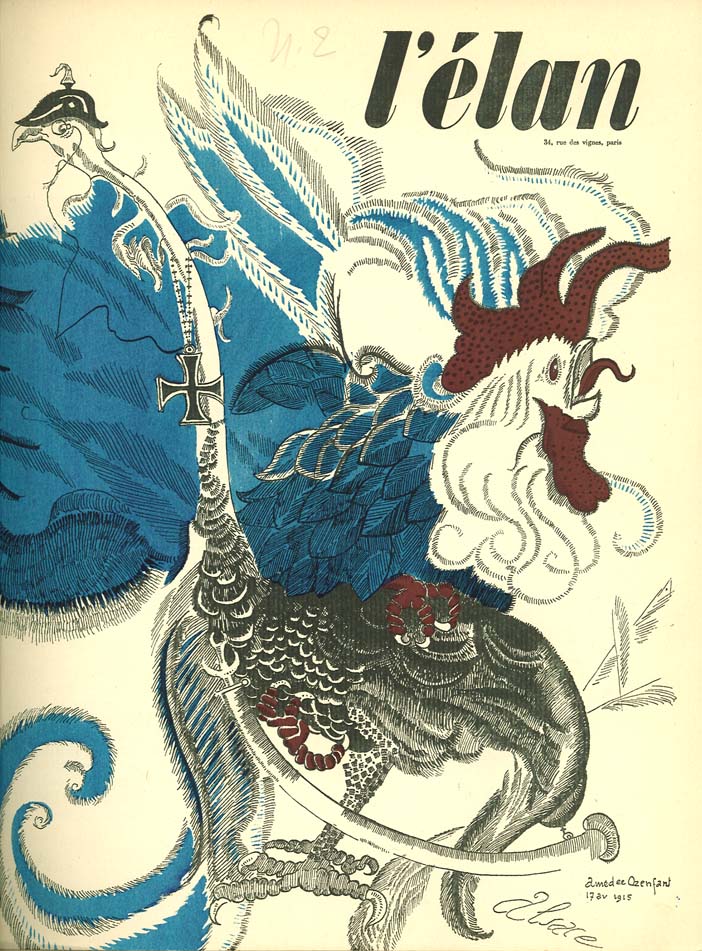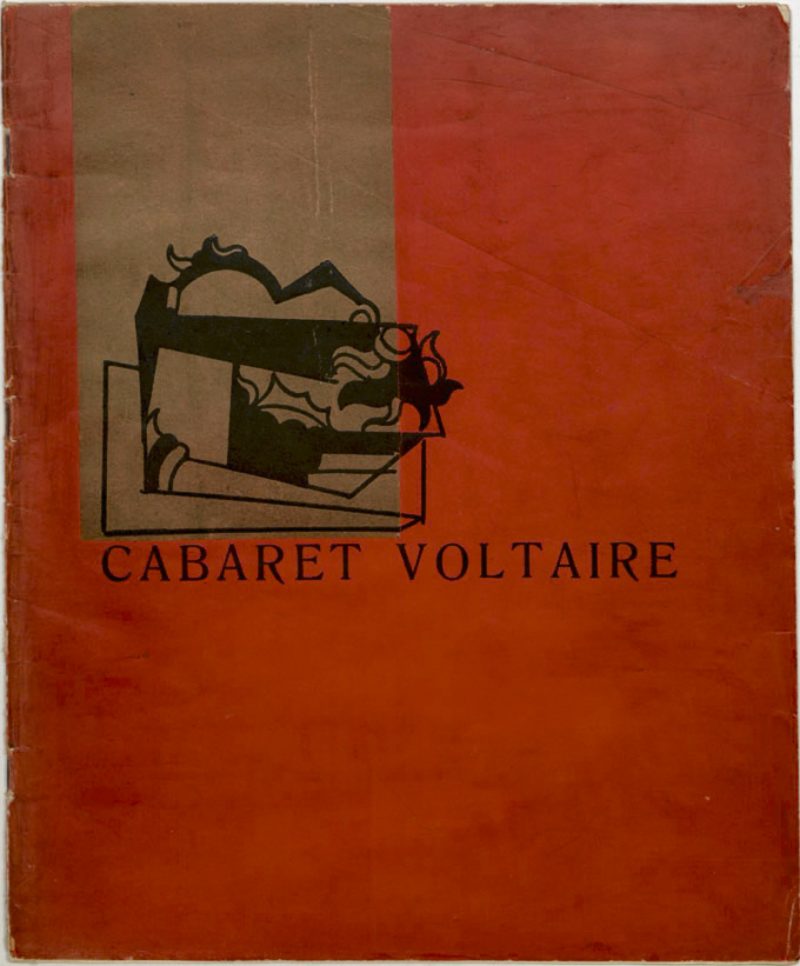Here in the 21st century, we have conquered boredom. Impressive though that achievement may be, it hasn’t come without cost: As with many other conditions we’ve managed to eliminate from our lives, boredom now looks to have been essential to full human existence. Has our reality of on-demand distractions, tailored ever more closely to our impulses and desires, robbed us of yet another form of everyday adversity that built up the character of previous generations? Perhaps, but more importantly, it may also have dried up our well of creativity. The frustration that descends on us when trying to come up with new ideas; the itch we feel, whenever we start doing something, to do something else; our inability to go more than a few minutes without looking at our phones: we can hardly assume these modern problems are unrelated.
“When you’re bored, you tend to daydream, and your mind wanders, and this is a very, very important part of the creative process,” says psychologist Sandi Mann in the animated BBC REEL video at the top of the post. “If you find that you’re stuck on a problem, or you’re really worried about something and can’t seem to find a way out, take some time out. Just be bored. Let your mind wander, and you might just find that a creative solution will pop into your head.”
But we’ve fallen into the habit of “swiping and scrolling our boredom away,” seeking “a dopamine hit from new and novel experiences” — most often digital ones — to assuage our fears of boredom. And the more such stimulation we get, the more we need, meaning that, “paradoxically, the way to deal with boredom is to allow more of it into our life.”
“Once you start daydreaming and allow your mind to really wander,” Mann says, “you start thinking a little bit beyond the conscious, a little bit into the subconscious, which allows sort of different connections to take place.” She says it in “How Boredom Can Lead to Your Most Brilliant Ideas,” a TED Talk by journalist Manoush Zomorodi. Like the public-radio podcaster she is, Zomorodi brings in interview clips from not just Mann but a range of experts on the subject of boredom and distraction, including neuroscientist Daniel Levitin, who warns that “every time you shift your attention from one thing to another, the brain has to engage a neurochemical switch that uses up nutrients in the brain to accomplish that.” And so the “multitasking” in which we once prided ourselves amounts to nothing more than “rapidly shifting from one thing to the next, depleting neural resources as you go.”
We’ve become like the experiment subjects, described in the Veritasium video above, who were asked to sit alone in an empty room for a few minutes with nothing in front of them but a button that they knew would shock them. In the end, 25 percent of the women and 60 percent of the men chose, unasked, to shock themselves, presumably out of a preference for painful stimulation over no stimulation at all. How much, we have to wonder, does that ultimately differ from the distractions we compulsively seek at every opportunity in the form of social media, games, and other addictive apps? And what do these increasingly frequent self-administered jolts do to our ability to identify promising avenues of thought and follow them all the way to their most fruitful conclusions? As the old saying goes, only the boring are bored. But if our technological lives keep going the way they’ve been going, soon only the bored will be interesting.
Related Content:
How to Take Advantage of Boredom, the Secret Ingredient of Creativity
How Information Overload Robs Us of Our Creativity: What the Scientific Research Shows
How to Focus: Five Talks Reveal the Secrets of Concentration
Why Time Seems to Speed Up as We Get Older: What the Research Says
Based in Seoul, Colin Marshall writes and broadcasts on cities, language, and culture. His projects include the book The Stateless City: a Walk through 21st-Century Los Angeles and the video series The City in Cinema. Follow him on Twitter at @colinmarshall, on Facebook, or on Instagram.














